
Latest News
Read about the latest alumni achievements and find out more about current University news. For full details, just click on the title.
If you have a graduate story that you'd like us to publish on this page please contact editor@qub.ac.uk.
Queen’s discovered comet visible in UK and Irish skies
Comet PANSTARRS imaged by Australian amateur astronomer Terry Lovejoy
A comet discovered by a Queen’s University Belfast supported project will be visible in UK and Irish skies from tomorrow evening (Tuesday 12 March) onwards.
Comet PANSTARRS was discovered in June 2011, by a team including astronomers from the Astrophysics Research Centre at Queen’s, using the Pan-STARRS 1 telescope in Hawaii, when it was still 1.2 billion kilometres from the Sun.
The comet will be visible by eye low-down in the Western sky from roughly 6:45pm GMT onwards, after sunset. People away from city lights should be able to see the comet with its faint gossamer tails pointing away from the Sun for at least half an hour.
Dr Pedro Lacerda, the Michael West Research Fellow in Queen’s Astrophysics Research Centre, said: "The coma at the head of the comet should be visible to the naked eye but to see the tail may require the use of binoculars. The most visible features will be its tail and bright coma. Those features originate in the nucleus of a comet, a solid lump of dirty ice which, heated by sunlight, sublimates and feeds the diffuse cloud of gas and dust that gives the comet its fuzzy appearance - the coma. Then, light and other particles from the sun push part of the coma away from the nucleus to form the tail which gives comets their spectacular appearance."
"Comets are important as frozen relics of the formation of our solar system. Before plunging into the inner solar system they spend most of their lives beyond Neptune at temperatures below negative 220 C. For that reason comets retain ices of the ingredients that were present when the planets were born and that are long gone from the surfaces of the much warmer asteroids, for example."
The comet will be brightest in March in the Western sky after sunset. As it moves away from the Sun and Earth, however, it will become too faint to see by eye by late March or early April. It will then disappear into space, not returning for many thousands of years.
Astronomers from Queen’s University use the Pan-STARRS 1 telescope to discover and study asteroids and comets in the Solar system, as well as the explosive death of stars in Supernovae. It surveys the sky every night with the largest civilian digital camera in the World. Since 2010 it has discovered tens of comets and hundreds of Supernovae and Near-Earth Asteroids.
For more information on the Astrophysics Research Centre at Queen’s visit http://star.pst.qub.ac.uk/
|
|

|
|
Work has started on the new £32m Centre for Experimental Medicine (CEM) with the announcement that the University has appointed O’Hare & McGovern as the main contractor. At the peak of construction the building of the Centre will support 400 jobs in the sector, including O’Hare & McGovern staff and other construction-related jobs.
BACK TO TOP
|
|
|
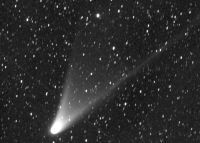
|
|
A comet discovered by a Queen’s University Belfast supported project will be visible in UK and Irish skies from tomorrow evening (Tuesday 12 March) onwards.
Comet PANSTARRS was discovered in June 2011, by a team including astronomers from the Astrophysics Research Centre at Queen’s, using the Pan-STARRS 1 telescope in Hawaii, when it was still 1.2 billion kilometres from the Sun.
BACK TO TOP
|
|
|
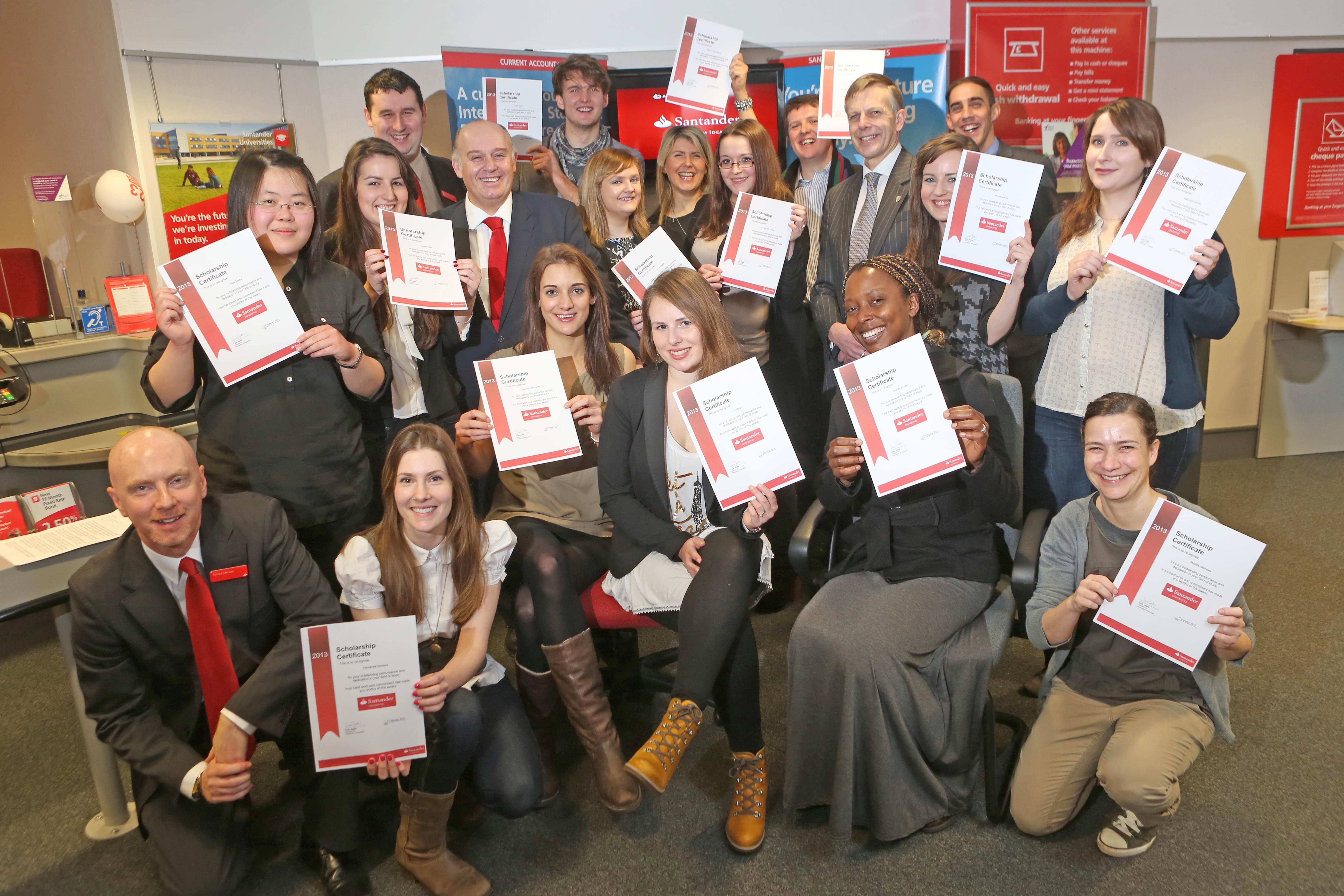
|
|
Queen’s students from Brazil, Canada and Indonesia were among the latest cohort to benefit from scholarship funding provided by Santander as part of its global Santander Universities initiative.
BACK TO TOP
|
|
|
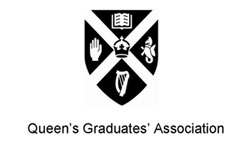
|
|
The Queen's Graduate Association (QGA) has awarded scholarships to two top graduates in the Faculty of Arts, Humanities and Social Sciences for 2012-13.
BACK TO TOP
|
|
|
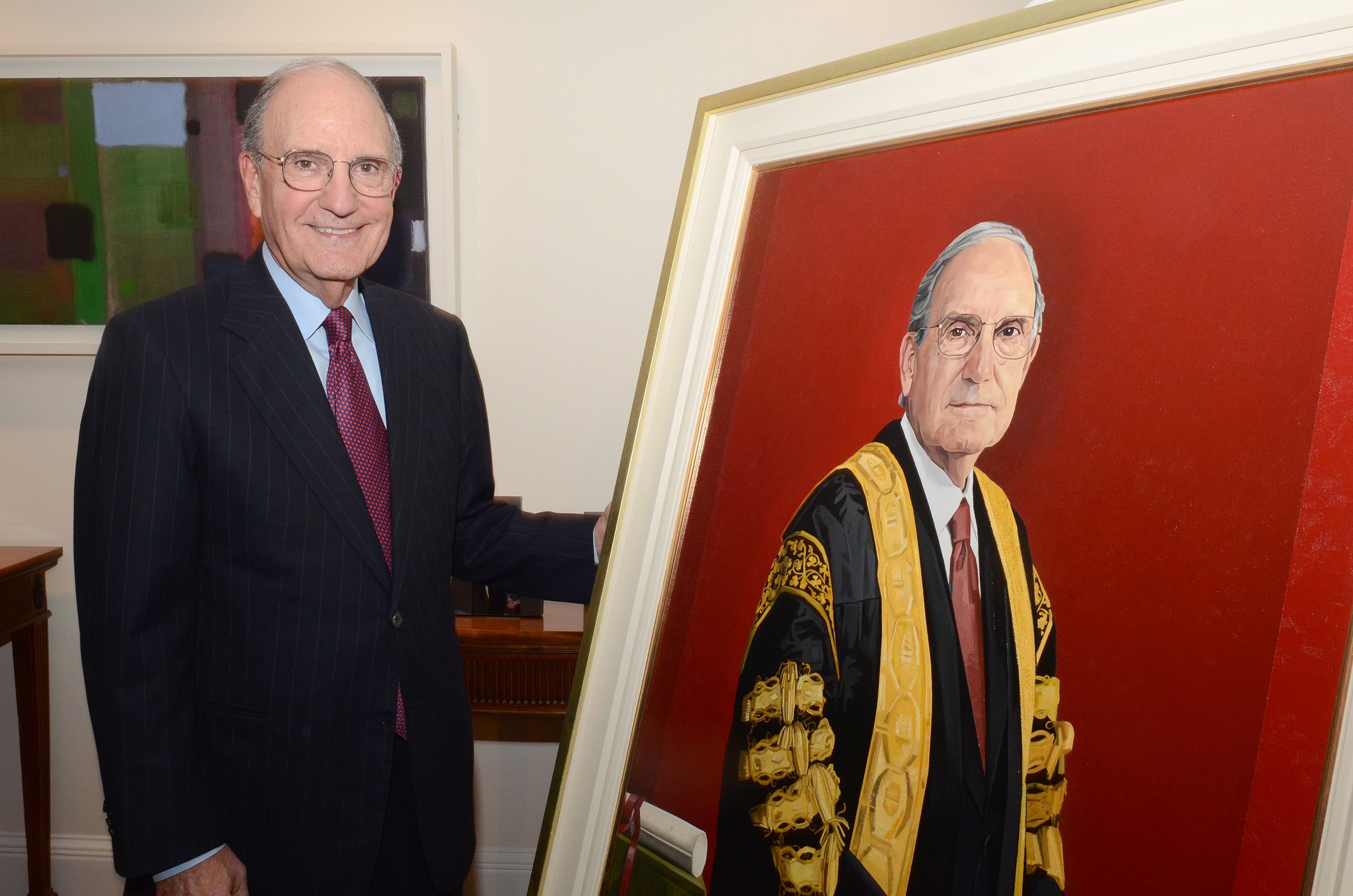
|
October 2012
The unveiling of a portrait of Senator George Mitchell and the launch of a new finance internship initiative, took Queen’s to New York for two important events at the end of October.
BACK TO TOP
|
|
|
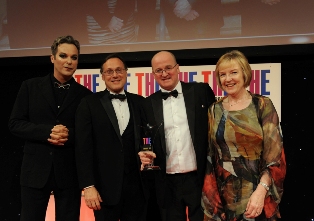
|
|
Queen’s University Belfast has won the award for Outstanding University Fundraising Team at the annual Times Higher Education Leadership and Management Awards.
BACK TO TOP
|
|
|

|
|
A novel study at Queen’s University Belfast which could eventually lead to new treatments for Multiple Sclerosis (MS) has been awarded £425K by the Biotechnology and Biological Sciences Research Council (BBSRC).
BACK TO TOP
|
|
|

|
|
Heart scientists at Queen’s University have been awarded prestigious grants of more than £340,000 by the British Heart Foundation (BHF) as part of a multi-million pound boost for research in the UK. BHF Northern Ireland announced the funding as part of Support Our Science (SOS) month – a month long celebration of the charity’s life-saving research.
BACK TO TOP
|
|
|

|
|
One of the UK’s leading medical researchers has been recognised for excellence in medical science. Professor Patrick Johnston, Dean of Medicine, Dentistry and Biomedical Sciences at Queen’s University Belfast has been elected to the Fellowship of the Academy of Medical Sciences
BACK TO TOP
|
|
|
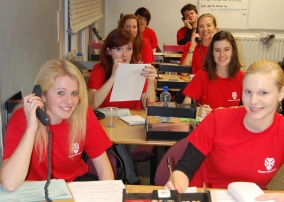
|
|
The Development and Alumni Relations Office invites you to apply for project funding from the Queen’s Annual Fund. The Queen’s Annual Fund was established in May 1999 to support and enhance all aspects of the Queen’s student experience.
The online application process for funding is now open and the deadline for applications is 12 noon, Friday 7 December 2012. Please allow enough time in your planning to obtain quotes from suppliers who are providing necessary services as they will be required as part of your application.
For further information on the application process and to apply for project funding, please click here. If you have any queries, please contact Natasha Sharma, Annual Fund Manager.
BACK TO TOP
|
Top of Page